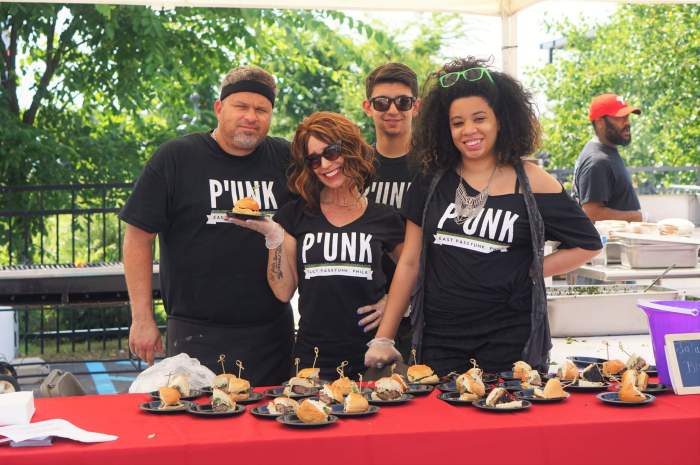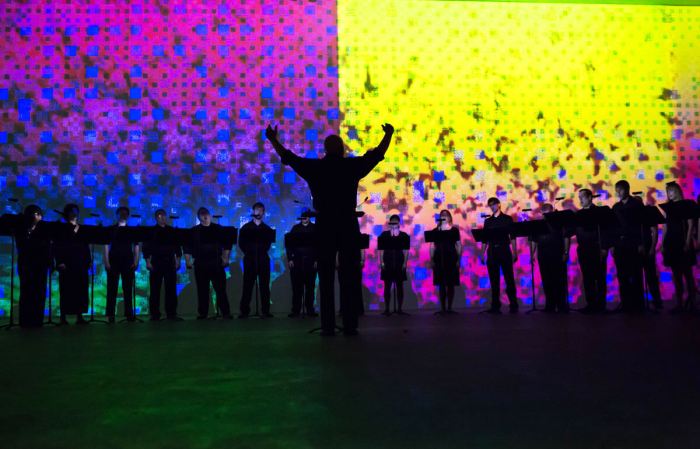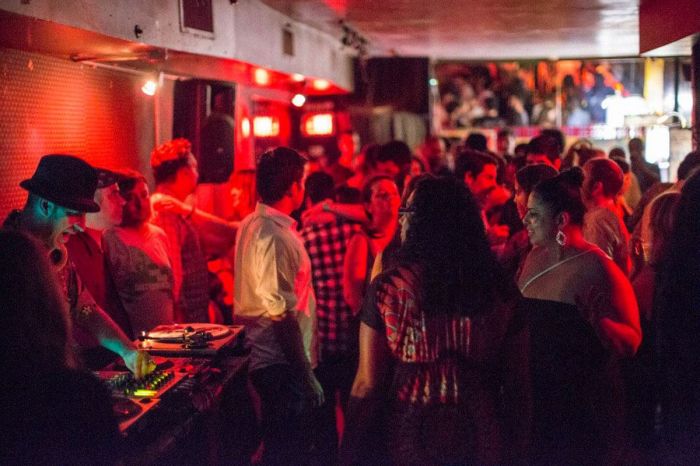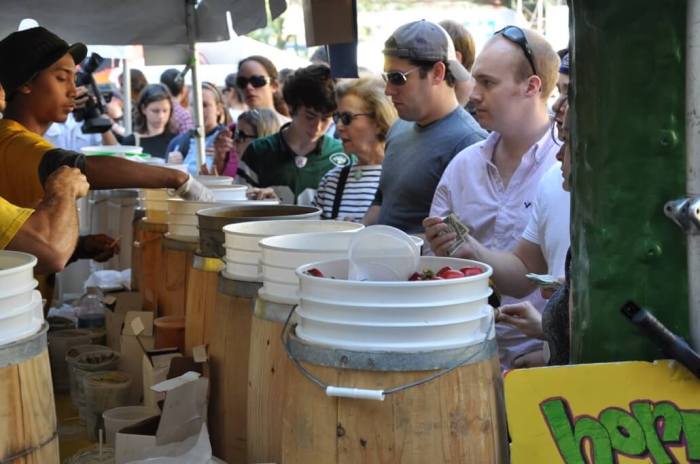It’s a busy week on Broadway as curtains rise on almost half of this season’s new shows — but most of them won’t officially open until next month. It’s the beginning of fall previews, when you can start seeing shows that have moved out of rehearsal rooms and onto the stage, but are not quite finished yet. The difference between “on sale” and “open” can be confusing even for veteran ticket-buyers, so here are the five things to know before you book a show.
You’re seeing an unfinished product
Broadway plays typically spend between two and five weeks in previews before they open. This period might be shorter if the production already had several successful workshops, an out-of-town run or a staging off-Broadway. If you know that’s the case, you can usually feel more confident buying preview seats. RELATED: Photos: Diner en Blanc 2016 takes over Battery Park City If the show is new, however, previews give it a chance to make money before it’s finalized (or “frozen” in industry language) and to try out the material in front of a live audience. But it also means you’re not seeing the official version. Scenes may change, entire roles may be eliminated, or songs may be moved — or removed entirely, as it happened with a couple numbers from “Hamilton” between its off-Broadway run and the transition to the Richard Rodgers Theatre. There may also be technical elements to be worked out in terms of staging or lighting. There’s no way to know when in the preview process a show is frozen, only that it will be by opening night.
Your seats may be cheaper
Traditionally, preview seats cost less than they would after opening night because sellers know audiences are not necessarily seeing a finished product, and they may even endure minor hiccups during the performance. These days, the gap in pricing before and after is much narrower, and sometimes doesn’t exist. Newspaper drama “The Front Page,” which starts previews a full month before opening on Oct. 20, shows no pricing difference in tickets between September and November. But the experimental Amazon jungle drama “The Encounter” is selling seats for about $10-$20 less ahead of its opening on Sept. 29. Note that there are almost always more discounts offered during previews, so the theater’s box office isn’t the only place to find savings.
You may have a better time
If a show isn’t well known or doesn’t have an all-star cast, the best seats in the house aren’t going to sell out in the first few weeks. This is when you can choose from a wide array of excellent views that you can actually afford, especially if you buy seats as soon as tickets go on sale. Do you know who else sees preview? Friends and family of the cast and crew, industry insiders and certain groups who help promote the show, such as concierges and ticket sellers. The atmosphere in this kind of house is almost always fun — people who are getting comped or cheap seats, and those who know people in the show, can be an excellent, supportive, less judgmental crowd that keeps the energy in the room high all night. You can see it first and form your own opinion
Close to opening night, shows will begin to invite press to select performances. Critics used to see the show on opening night, but now they usually come a night or two ahead (but after the show is “frozen”) to write their reviews. So if you see an earlier preview, you won’t be swayed by anything you’ve already read about the performance. There’s also the bonus of saying that you saw it before anyone else (even if you didn’t necessarily see the same version as future attendees). Bonus bragging rights if it gets rave reviews after its premiere and tickets become impossible to get. You’ll get to see how the show develops
One of the main reasons theater lovers deliberately try to see previews is that it’s a unique opportunity to see a show in its raw form and catalog firsthand how the show changes over time. Some plays have famously transformed extensively throughout the preview process (“Spider-Man: Turn Off the Dark”), while others go on to be classics and only the people who were there in early weeks can claim they saw an “early draft” of it. A show can play for years, go on tour and even experience several revivals, but no one’s ever going to see the exact version of the show that preview audiences did — in fact, previewers might not even be seeing the same show from one night to the next. For many, that’s just another thrilling bonus of getting to see live theater on Broadway.
What to know before you see a preview show on Broadway
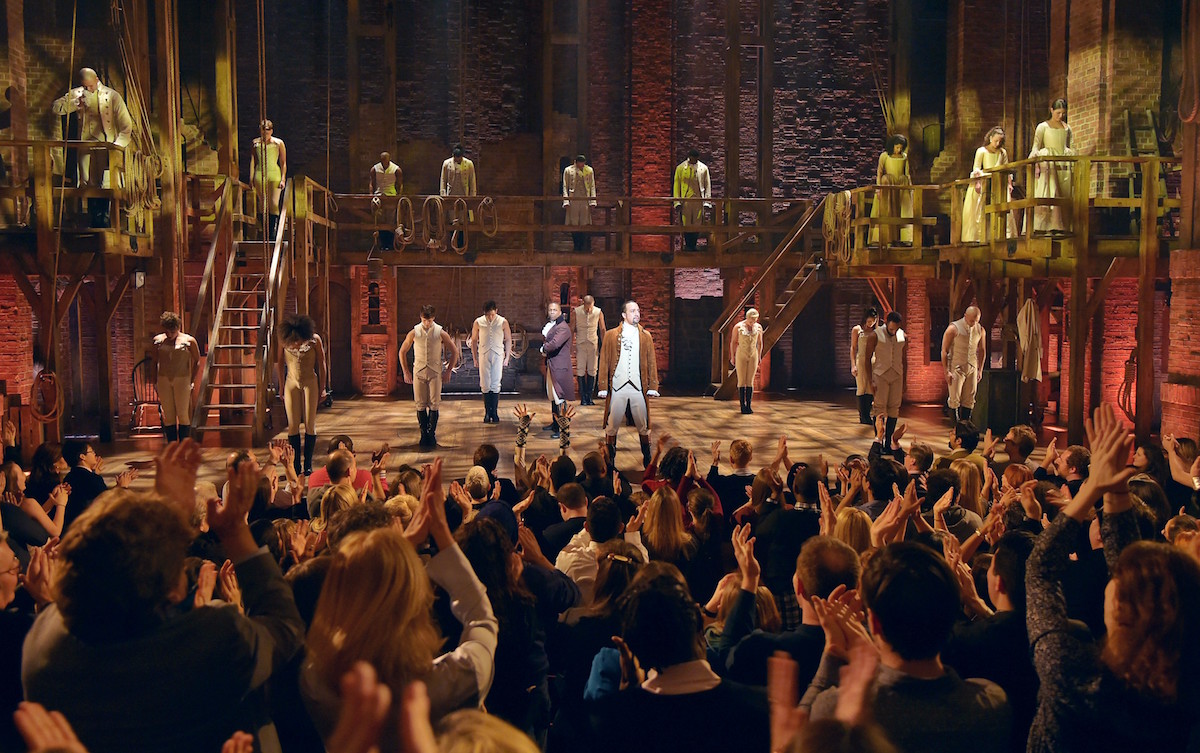
Getty Images













